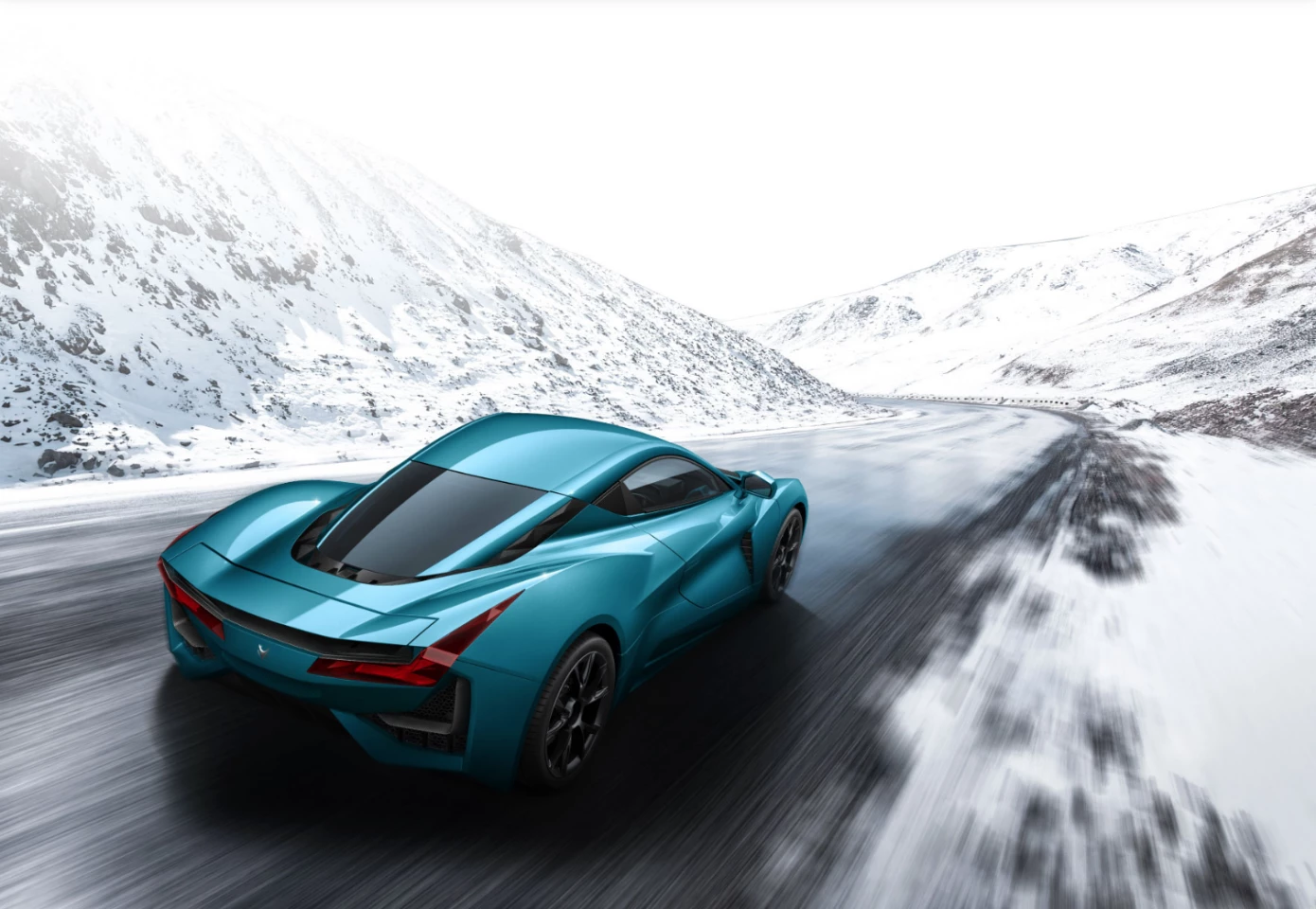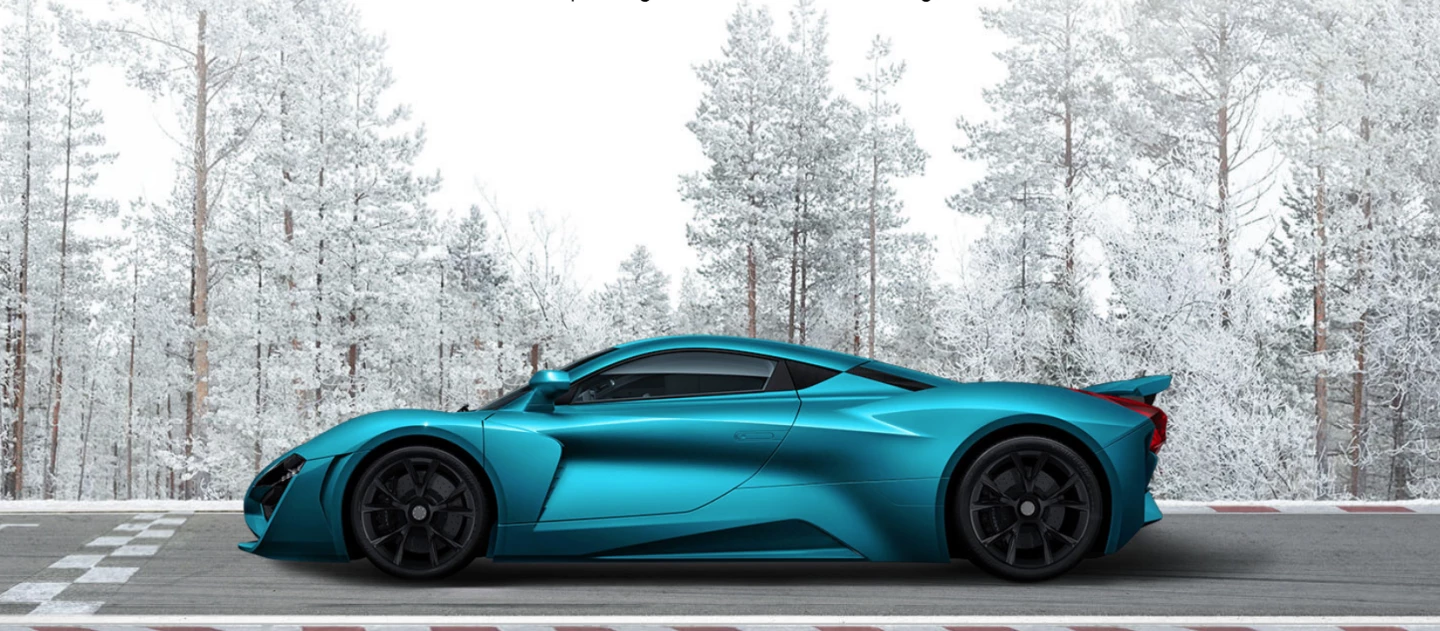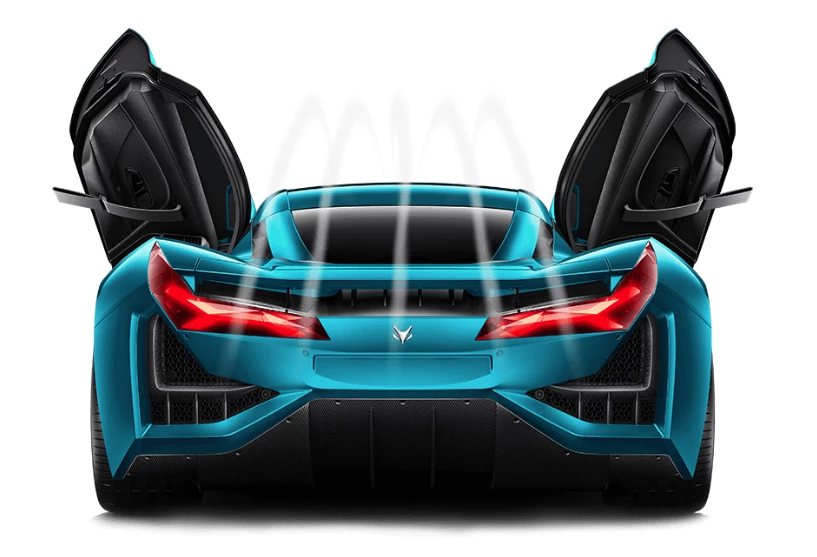At last year's Geneva Auto Show, we caught our first glimpse of the extraordinary Arcfox GT, a Chinese electric hypercar with a monstrous power output that puts it right up there among the world's most powerful cars. We didn't, however, get a chance to take a closer look, and now strikes us as a perfect chance.
Arcfox is a subsidiary of BAIC, or the Beijing Automotive Industry Holding Co, one of China's top five auto manufacturers, turning over some US$70-odd billion a year in revenue. As well as making cars under the BAIC brand, the company also builds Hyundai and Mercedes-branded cars for the Chinese market, as well as military, agricultural and commercial vehicles and a handful of other Chinese domestic brands like Foton, Huansu, Weiwang, Changhe and BJEV electrics.
BAIC set Arcfox up offshore, at its High Performance Vehicle Design and R&D Center near the Circuit de Catalunya in Spain, to be a bit of a flagship performance arm for the entire group of companies. The brand presented three cars at Geneva: the ECF SUV, the Arcfox GT street car and a GT race edition.

The Arcfox GT is conceived as an electric grand tourer, with face-melting power, practical range and fast charging. Its AWD electric powertrain comprises a motor at each wheel, offering a highly silly peak of 1,200 kW (600 hp), as well as 800 Nm (590 lb-ft) of torque – although we don't know where the latter figure's measured or what kind of gearing is involved.
Arcfox says the GT will sprint to 100 km/h (62 mph) in 2.59 seconds, on its way to a top speed higher than 255 km/h (158 mph). One would certainly expect the top speed to be higher than that with a power output like this. Torque vectoring will help keep things in shape.
It'll be reasonably heavy for a hypercar, at somewhere under 1,840 kg (4,057 lb), and that's likely due to a battery pack large enough to give the car an estimated range over 400 km (248 mph) on the NEDC driving cycle. Fast-charging at a realistic 85 kW, you can push the battery from 20 to 80 percent capacity in 30 minutes.

In terms of stopping, Arcfox has equipped it with carbon-ceramic brakes and 6-piston calipers that the company says are capable of pulling the GT up from 100 km/h (62 mph) in some 35 m (115 ft). That's not a figure we'd be bragging about; it takes longer to stop than a Subaru WRX, let alone any of the other hard-braking cars on Brembo's list of top stoppers. Cornering forces are likewise decent but not Earth shattering; the GT can produce up to 1.5 g of lateral acceleration, putting it on par with an Audi R8.
Design-wise, the Arcfox GT looks like it'd blend in nicely with any gaggle of hypercars, right up until they all go into a tunnel and start revving their engines for the echo and the GT driver is forced to sit there in relative silence.
Technology-wise, there doesn't seem to be a whole heck of a lot going on here. There's a kind of refreshing lack of autonomy features, augmented-reality windscreens and the like, and since nobody ever really asked for that stuff on a hypercar anyway, you probably won't hear many complaints.

The race edition, interestingly enough, drops the total peak power down to 750 kW (1,000 hp), and places two motors on each of the rear axles to boost peak torque to 1,320 Nm (974 lb-ft), although according to the spec sheet this makes no difference to the acceleration time or top speed of the vehicle. Neither does the weight figure change, so it'll be a bit of a pig on track, and the race edition gets a rear spoiler for additional downforce, but the lateral acceleration figure is unmoved. Funny sort of race car, that.
As for what's going on with the cars? Hard to say. They have clearly been built, and driven around the Catalunya circuit, although in the video below there are clearly some video speed shenanigans going on, so it's hard to tell if it's been driven in proper anger. Arcfox put out a small flurry of press releases in the leadup to Geneva 2019, then only one after the motor show, leaving us to wonder if the whole project wasn't a cynical marketing exercise.
Still, it sure is purty, and we're hoping to hear more from BAIC's high-performance offshoot in the future. Maybe at the 2021 Geneva show, if there are still motor shows, or Genevas, left at the end of the tunnel. Check out a video below.
Source: Arcfox












